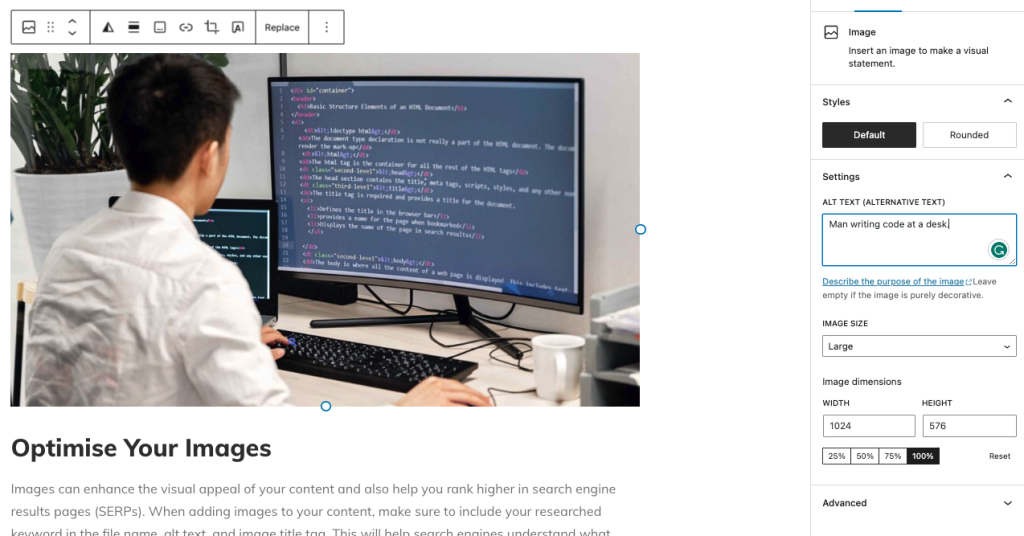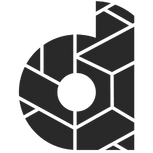If you want to rank your content faster, it’s important to follow a comprehensive SEO checklist. By taking the time to optimise your content for search engines, you can improve your visibility, attract more traffic, and increase your conversions.
Here’s a step-by-step guide to help you get started.
Choose the Right Keyword
The first step in optimising your content is to research and choose the right keyword for your page. This keyword should be relevant to your topic, have a high search volume, and low competition. Once you have selected your keyword, make sure to include it in your page’s title tag and H1 tags.

Optimise Your Images
Images can enhance the visual appeal of your content and also help you rank higher in search engine results pages (SERPs). When adding images to your content, make sure to include your researched keyword in the file name, alt text, and image title tag. This will help search engines understand what your image is about and index it accordingly.
Ensure Text Coherence
One of the most important factors for ranking higher is to ensure lineal coherence for your readers. This means that your content should be well-structured, easy to read, and provide value to the user. Make sure that your text is divided into short paragraphs, with appropriate headings, and that it reads well on mobile devices.
Internal Linking
Internal linking is a key aspect of on-page SEO. Make sure to link your content to other pages within your website using the researched “anchor” keyword and variations or synonyms. This will help search engines understand the relationships between your pages and improve your overall site architecture.
Improve Website Speed
Website speed is another important factor for ranking higher. Use GTMetrix to measure your website’s speed and aim for an A grade at least. This can be achieved by minimising the size of images, compressing files, and using a reliable hosting provider.
Relevancy and Topic
To rank higher in search engines, it’s important to ensure that your content is relevant to the user’s search intent and topic. Make sure to link to the main topic and other pages in the cluster using the anchor keyword of each of those. Have you done your content audit yet?
Use H2s and H3s Appropriately
Using H2 and H3 headings is an important aspect of on-page SEO. Make sure that your content has at least two related H2s and one unrelated H3. This will help search engines understand the structure and hierarchy of your content and make it easier for users to read.
Here is what a structure of a post might look like:
- H1: Yachting is Incredible
- H2: Why We Think Yachting is Incredible
- H3: The Beauty of Being Out on the Water
- H3: The Freedom and Flexibility to Explore New Destinations
- H3: The Unique and Luxurious Experience of Yachting
- H2: Where to Charter Your Yacht?
- H3: The Best Yacht Charter Companies in the World
- H3: Top Yacht Charter Destinations for Your Next Adventure
Conclusion
By following this SEO checklist, you can improve the ranking of your content faster. Make sure to research and choose the right keyword, optimise your images, ensure lineal coherence, improve website speed, and use internal linking, relevant content, and appropriate headings. By doing so, you can attract more traffic, increase your conversions, and achieve your SEO goals.
I hope this article helps you with your SEO checklist and ranking your content faster. If you have any questions or need further assistance, please don’t hesitate to ask!


